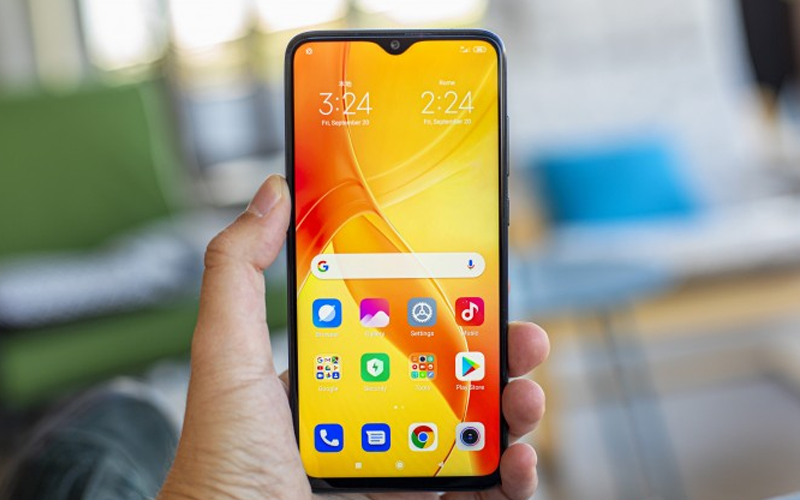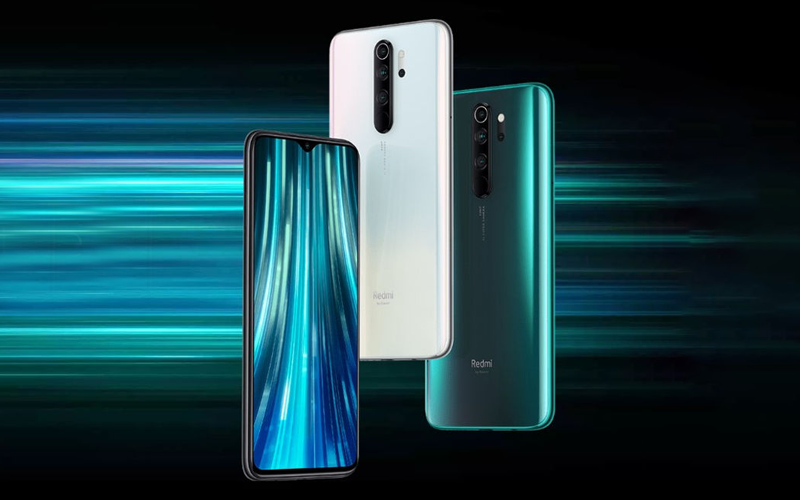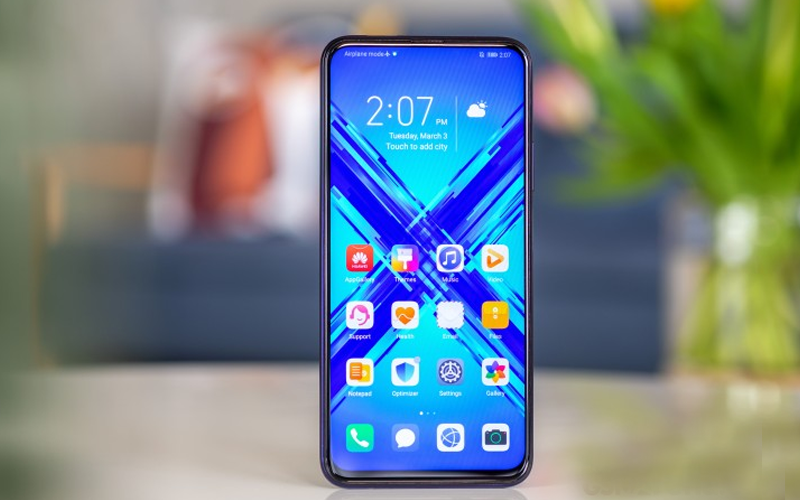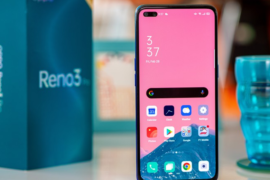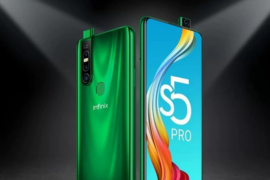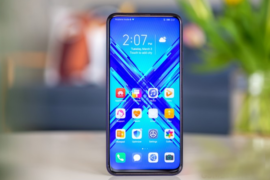SPECIFICATIONS
- Display6.53 inches
- Rear Camera64 MP/8 MP/2 MP/2 MP
- Front Camera20 MP
- ProcessorMediatek Helio G90T
- Resolution1080 x 2340
- RAM6GB/8GB
- Operating SystemAndroid 9.0
- Storage64GB/128GB/256GB
- Battery4500 mAh
- WaterproofYes
- Dual SimYes
- Quick ChargingYes
DESIGN
You’ve seen this previously. Indeed, we’re confronted with a glass sandwich development. It’s so generally spread that things are considerably more energizing when things do go any other way. In any case, that doesn’t mean there’s anything amiss with glass sandwiches. In reality, the way this is the best quality level presently should say something regarding the way that, on one hand, the assembling methods to accomplish it have been improved to the point of close to flawlessness, and furthermore that individuals appear to truly like such a plan.
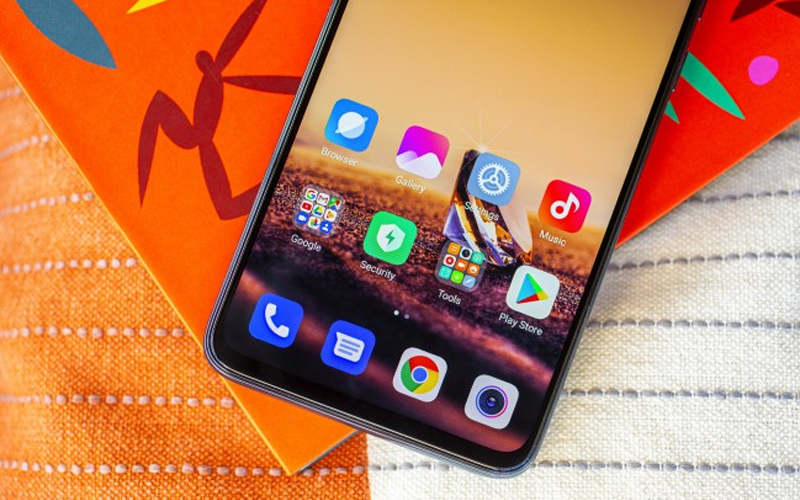
Since it is anything but a lead, the Redmi Note 8 Pro swears off the metal sides for plastic, in spite of the fact that you probably won’t have the option to tell from the start. It’s certainly built to look like sparkling metal, yet what parts with it is that it doesn’t have a similar warm conductivity as metal. It requires some investment to cool exposed to the harsh elements of reality than metal.
The clean of the plastic edge makes it tricky, so on that point, it’s not altogether different to most aluminum outlines out there.
On the front and the back, there’s Gorilla Glass 5, which may not be the most recent form (that is 6 in case you’re following along), yet a ton of the Redmi’s rivals utilize considerably more established ages, and not even all leaders are enclosed by GG6, so we don’t believe there’s anything amiss with this decision. The glass on the back flawlessly bends into the edge, and the back is obviously tricky close by, in light of the fact that, well – it’s glass. In spite of this, we haven’t figured out how to do an off the cuff trial of how versatile all that glass would be in a fall, since we’ve been mindful so as not to drop the Redmi Note 8 Pro.
We can say that gratitude to the articulated camera island, this isn’t one of those telephones that will ‘mysteriously’ slide off love seats in the event that you lay it on its back. All things considered, on the off chance that you do likewise with it face-down, don’t be shocked that it needs to slide and slide and continue sliding… up to where it will, truth be told, tumble off.
Talking about the camera island, the unique mark sensor is housed in it as well, which makes for a pleasant look, particularly since everything is focused on the back as well (on a level plane), yet you don’t need to hold this telephone for one moment to detect an issue with that arrangement. Simply take a gander at an image of its back and it will hit you.
To be sure, the arrangement of the sensor makes it fantastically simple to smear the most reduced camera focal point. It is highly unlikely around that 100%, yet we found that in the event that we began chasing for the sensor from the center of the telephone, at that point sliding our finger cautiously towards the top, we would effortlessly find the external edge of the island and afterward tap the sensor securely with no camera smirching.
On the off chance that you approach this the other way, starting from the top, at that point you could even smear the entirety of the cameras. It’s a drawback to this structure, without a doubt, however it’s not as colossal as we anticipated that it should be. What’s more, the way that the camera island projects a considerable amount has really been somewhat useful, in light of the fact that it makes it simpler for your finger to quit sliding in its chase for the unique mark sensor when it hits the edge. Not an ideal framework using any and all means, however in truth we became acclimated to this unusual quality inside two or three days and starting there just smirched a camera a couple of times, between hundreds (if not a huge number of) unique finger impressions.
The sensor itself is lightning snappy and exceptionally exact, as all later-gen capacitive models have been. Such a sensor is still insignificantly faster and more exact than even the best optical in-show ones right now, however the thing that matters is a lot littler than it once used to be. All things considered, the main “unique mark unrecognized” blunders we’ve had on the Redmi Note 8 Pro were because of us lifting our finger off the sensor only one split second too early. What’s more, that is a ‘client blunder’, as is commonly said. The sensor truly is great, while its arrangement is less so.
In case you’re one of those individuals who would’ve favored it on the front, ideally, you get how that was impossible. The Redmi has a LCD screen, and starting at now, there aren’t any underway in-show sensors out there for this showcase innovation, in spite of the fact that that may rapidly change – as clearly Redmi itself has had the option to make such an arrangement in its labs. That may show up on replacements of the Note 8 Pro, yet until further notice, it was either going to be on the back or as an afterthought. Every one of these variants has upsides and drawbacks, yet at any rate the sensor utilized is extraordinary.
The Note 8 Pro isn’t the slimmest telephone around, however at under 9 mm (barring the camera knock) it’s not the thickest either. At 200g a couple of years prior it would’ve been regarded as unreasonably overwhelming, however in 2020 it isn’t record-breaking around there in any way shape or form. It feels great in the hand, yet it is a major telephone, and marginally more extensive (by a mm or somewhere in the vicinity) than most ‘standard’ Android leaders of this day and age.
The upside of that is you get more screen, yet on the off chance that you have little hands this won’t be anything but difficult to use with one hand. We approved of it, yet anything bigger (and the greater part of all, more extensive) than this would’ve gotten awkward over broadened utilization meetings. The catches are all on the correct side, which is fine however in some cases it’s difficult to disclose to them separated just by contact, and you may find that you hit volume down when rather you need to contact the force button. In the event that the last was furrowed here and there this would have been eased.
Assemble quality is fantastic, and beside the utilization of plastic on the casing and the capacitive unique mark sensor, you wouldn’t have the option to tell how little this gadget costs just from looking at its structure or taking care of it. It’s very astonishing that we’ve arrived at this point in the portable world, where even handsets that are this modest are this business-like, without any squeaks, no holes, nothing. Goodness, and you get an earphone jack as well.
DISPLAY
The Redmi Note 8 Pro has a LCD board, so you won’t get any of the ‘amazing’ factor of OLEDs with their ostensibly unending complexity proportions and legitimate profound blacks. It’s additionally not the best LCD screen ever (those can practically just be found on the iPhones that haven’t changed to OLED nowadays), however it takes care of business.
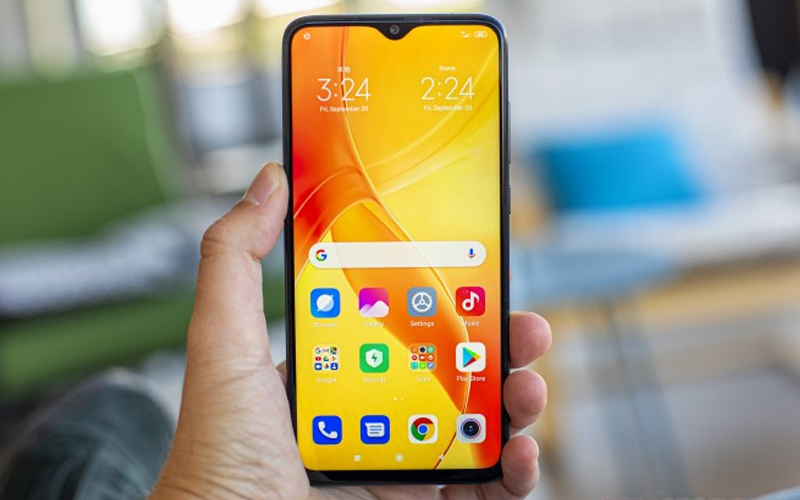
Daylight clarity is alright, however not record-breaking, as is by and large splendor. On the splendor point, note that the dimmest the auto brilliance setting is still quite splendid, however you can kind of reduce this by utilizing MIUI’s misleadingly named Night mode.
That will make the screen much dimmer in case you’re in a completely dark condition and take the splendor slider physically right down. Fun truth: in the event that you don’t do this, at that point it will never consequently go right to one side. That is only a MIUI idiosyncrasy, similar to the way that you despite everything can’t tap anyplace on the slider to rapidly modify the setting; rather, you need to slide your finger across it. We truly trust MIUI 12 fixes this minor disturbance.
Since it’s not OLED, there’s no consistently in plain view here, as that would murder your battery life since regardless of how minimal substance it shows you, the LCD screen needs to illuminate the entirety of its backdrop illumination LEDs.
You do get a warning LED however on the Redmi Note 8 Pro, which flickers white to tell you have something you have to take care of. This is one of those highlights that most leaders have deserted (alongside the 3.5mm earphone jack), and it’s intriguing to see it perfectly healthy here. Be that as it may, you don’t get the opportunity to redo its hues dependent on which application is advising you, or anything like that – it’s a straightforward on/off switch that you get in Settings, and that is it. In any case, superior to nothing.
The presentation hues slant cold in the default setting, however a simple fix is to simply go with the Warm tone in Settings, which is the thing that we did. The Auto setting says it will consequently modify depending on encompassing lighting, which sounds to us like something like Apple’s TrueTone, yet it either doesn’t work that way or the impact is unpretentious to the point that we never really took note. In any case, we picked this setting in light of the fact that Saturated takes things to an outrageous level, while Standard mode simply doesn’t make anything ‘fly’ at all on the screen.
There are a few radiances around the indent on the off chance that you look actually carefully, which we accept that are because of the LCD tech and the way it needs a variety of LEDs to illuminate pixels. We’ve likewise detected some mellow splendor abnormalities – as in, it’s not actually the equivalent all over. Once more, this is in all probability because of edge LED lighting being utilized, and accordingly an innate trade off you’ll have to live with. All things considered, this is one reason this telephone can be so modest, and a great many people won’t notice except if they truly go chasing for it. Additionally, there’s some yellowing around the base of the screen, in any event on the Warm shading setting we were utilizing, yet once more, nothing to be excessively worried about.
Goals savvy the board is fine, there are as yet numerous lead contributions utilizing 1080p+, and since this is a LCD you may call this 1080p ‘more genuine’ than that of OLEDs, which utilize a sub-pixel course of action that isn’t plain RGB. In any case, that is a trivial discussion we’re not going to get into, we just think you’d prefer to realize that for most situations except if you’re extremely delicate to screen sharpness, you won’t feel like you’d need a higher-res board. It’s very perfect that mid-officers this modest presently have basically similar goals out of the case as a portion of Samsung’s significantly more costly leaders.
PERFORMANCE
MediaTek hasn’t generally been related with the best performing portable chipsets out there, yet the organization has verifiably produced some entirely great worth-for-cash contributions. The Redmi Note 8 Pro’s Helio G90T is an upper-mid-go SoC from the Taiwanese organization, and we were exceptionally intrigued to perceive how it would act in everyday errands, particularly contrasted with the opposition from Qualcomm.
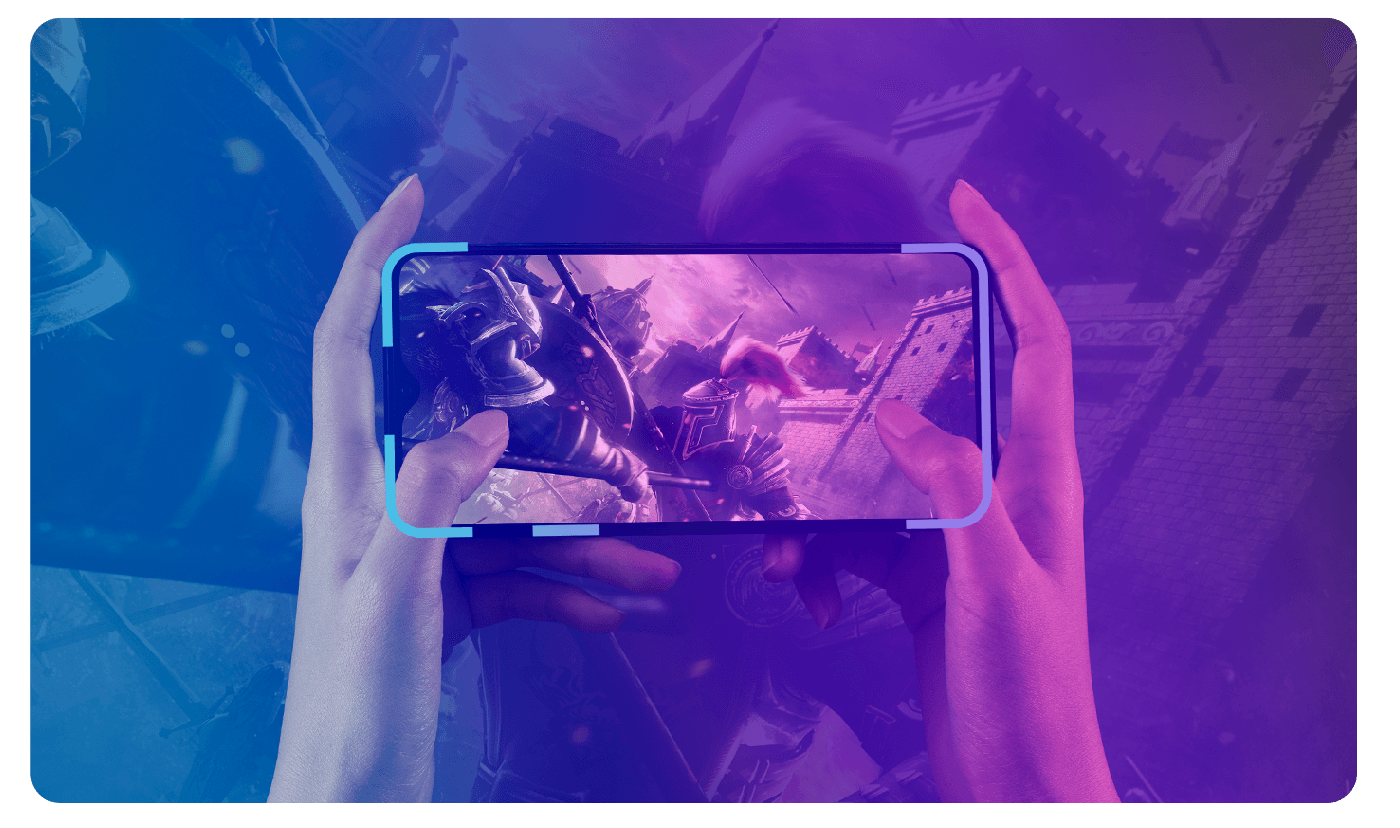
So, it’s a hodgepodge. The Redmi Note 8 Pro feels basically on par, execution insightful, for typical everyday undertakings, with a lead cell phone – around 70% to 80% of the time. In any case, the remainder of the time is the point at which the chipset gives a few shortcomings, with arbitrary stammers and slacks. The slacks aren’t terrible, yet we have seen a bigger number of stammers than we would’ve anticipated dependent on the general execution.
That is the thing – this is a telephone that is for the most part extraordinary for execution and perfection, which makes the occasions when it stutters or slack all the all the more baffling on the grounds that each and every time appears to be fairly startling. You become acclimated to the great execution generally speaking, at that point bam! – a stammer in some places. They’re all (in our abstract assessment) under one second or at most around one second, however it’s an unusual inclination each and every time you get one.
Note however that we’re generally used to looking into leaders long haul, and that definitely slants our recognitions here. Contrasted with the Mi Note 10, which is controlled by the Snapdragon 730G, the Redmi Note 8 Pro feels quicker more often than not, however more slow when it stammers or slacks. That is the thing about the Mi Note 10, and it’s SD730G – while it’s more slow than a lead SoC, it is steady in that. There are never any amazements, positive or negative. The G90T in the Redmi needs you to trust it’s a lead chipset – and it succeeds more often than not. Which makes those occasions when it misses the mark all the additionally baffling.
Of course, how about we not overlook that the Mi Note 10 costs twice so much. And keeping in mind that the vast majority of that value contrast has to do with the cameras and its screen, this despite everything isn’t something to simply bypass. At the cost, the Redmi Note 8 Pro performs commendably, however we despite everything wish future programming updates would deal with those falters and slacks, in any event to some degree. The way things are, however, the MediaTek Helio G90T is presumably the best mid-go chipset around, in case you’re passing by that ‘leader feeling’ – more often than not. In everyday use, it effectively beats the 730G more often than not, and that one is Qualcomm’s head 4G mid-go chip.
As far as perfection, a similar rationale as above applies. The Redmi Note 8 Pro is very smooth, despite the fact that not record-breakingly along these lines, around 70% to 80% of the time, and afterward the hallucination is broken by an arbitrary stammer to a great extent. However, at this cost, the way that it can pull off detectable perfection even 70-80% of the time that well is fairly exceptional.
So clearly the Note 8 Pro wouldn’t be in our Top 3 or 5 smoothest telephones we’ve ever long haul looked into or anything, yet that is on the grounds that in such a rundown it would fundamentally go up against leads that cost in any event three fold the amount. At long last, while execution is one of those regions where bargains must be made for the handset to arrive at its value point, in general it feels considerably less undermined here than we would have anticipated.
BATTERY
Battery life on the Redmi Note 8 Pro has been astounding. It’s effectively tied with the Huawei P30 Pro for the best battery life we’ve at any point seen from any gadget that experienced our drawn out audit process, and most occasions it even outperformed that handset’s life span.
The Note 8 Pro will effortlessly last you through one day of utilization regardless of whether you’re a ‘power client’, and we continually received a day and a half in return with our standard use case for long haul surveys, which includes essentially Wi-Fi network, an hour or two on 4G portable information, Bluetooth constantly on with an hour or two of music gushing, and around two hours of calls every day.
None of this is altogether surprising as the Redmi’s battery is really enormous even by 2020 guidelines at 4,500 mAh. This fair gives you that Redmi has concentrated on battery life as one of the essential selling purposes of this telephone, and it is without a doubt something to gloat about.
As a last note, we should make reference to that we didn’t utilize the dull subject in the UI, as while that is useful for OLED boards, it truly isn’t for LCDs – truth be told, LCDs utilize the most force when indicating the shading dark, so in that way, they’re actually something contrary to OLEDs. In view of this, on the off chance that you do like the dull subject, the battery life will presumably endure a shot, despite the fact that we can’t state precisely by how much.
CAMERA
Generally, this is one zone where mid-officers miss the mark concerning their lead brethren, and for justifiable reasons. Very good quality cell phone camera frameworks nowadays cost a mess, and it’s not even only about the equipment – there’s a great deal of work (a.k.a man-hour costs) to be placed into the product side too.
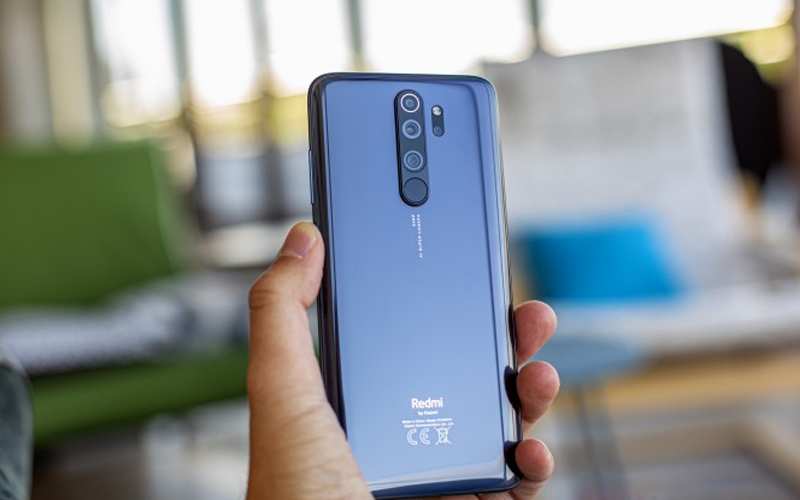
The Redmi Note 8 Pro attempts to get you to disregard this with its high megapixel tally primary camera, however at long last camera picture quality is one of the trade offs you’ll be making in the event that you buy this telephone. It’s essential to get the setting directly here, however. Ideally nobody is expecting a telephone that costs this little to have the option to clash with the best out there in picture quality. What’s more, sufficiently certain, the Note 8 Pro doesn’t.
Be that as it may, it produces acceptable outcomes at the cost, and is in reality fundamentally the same as in yield to what leaders were fit for a couple of years back. That discloses to you the amount of a center (play on words expected) cameras have been as of late for leaders, and it additionally implies that inside a few years or so you shouldn’t be astounded if what is right now thought to be first class camera quality will stream down to mid-officers too.
Long introduction aside, the camera application is actually what you’d expect on the off chance that you’ve at any point utilized another Xiaomi or Redmi telephone with MIUI 10 or 11. There’s the viewfinder that considers sliding through modes what not. Curiously, while the Note 8 Pro has a committed large scale camera like the Mi Note 10, you get to it in an unexpected way. In the Mi Note 10 this was a “zooming alternative”, that appeared in the viewfinder and you could choose it a similar way you select utilizing the ultra-wide or both of the long range focal points. On the Redmi, however, you have to tap on a devoted Macro symbol in the top bar of the camera application so as to trigger the large scale shooter. This may mean you could disregard there being a full scale camera in there in light of the fact that it’s not part of the amplification choices in the viewfinder.
In spite of the fact that the telephone doesn’t have a long range focal point, you do get a possibility for 2x shots, which are trimmed from the fundamental sensor. This is an intriguing arrangement, and works fairly as you’ll see from our examples. Regardless of whether you’re not so much happy with the Note 8 Pro’s zoom yield, we despite everything think this is a decent alternative to have.
The principle camera on the back produces attractive pictures when there’s satisfactory lighting around. There’s some oversharpening going on in the event that you investigate, and the dynamic range could be better. You do anyway get a lot of detail, generally excellent complexity, and hues that look decent without being excessively falsely immersed.
The ultrawide camera is a minimal effort unit, and that appears in the photos it produces. Indeed, even in the best climate conditions, there’s an entirely obvious hit in the yield quality contrasted with shooting with the fundamental camera. Hues are fine and like what you get from the primary sensor however. Be that as it may, the photographs are delicate, unique range is awful, and the detail is disillusioning. It’s acceptable that you have it however, at any rate for those situations where the alternate point of view it gives merits the tradeoff in picture quality.
Then again, the 2x zoom shots edited from the fundamental sensor are generally excellent, and may even be confused with something created by a committed fax cam. Not the best fax cam at any point put in a telephone, however a better than average one regardless. The preparation applied to these shots is obviously fundamentally the same as what’s done to 1x stills from the equivalent 64MP sensor, which implies we were by and large satisfied.
The committed full scale cam may feel like a futile contrivance, yet you’re mistaking it for the profundity sensor that is on the back just so the organization can guarantee this telephone has four snappers over yonder. Anyway, snappy tirade aside, the large scale camera empowers some novel points of view, as it permits you to get extremely, near your subjects. This makes exceptionally cool pictures of plants or creepy crawlies, for instance. Truly, it’s a specialty thing, yet it’s a pleasant specialty thing, so we felt it merited a notice, regardless of whether the photographs themselves are at a serious hindrance – 2 MP is sufficiently not these days.
Around evening time, the primary snapper creates average pictures, yet you can see it battling, and the absence of OIS isn’t making a difference. Not that we were hoping to get OIS from a telephone this modest, as you may have guessed. In the standard photograph mode, the 64MP camera conveys generally usable outcomes, with great unique range, lovely hues, and great difference. The shots do show up rather delicate, however, and commotion can sneak in.
In general, the Redmi Note 8 Pro’s camera framework is very adaptable, giving you choices for ultrawide surrounding just as full scale shots, and even a fake 2x zoom of sorts. Quality-wise these aren’t the best pictures we’ve seen at any point, however at this cost, the handset conveys generally excellent snaps. Where it misses the mark is in extremely low light, however that is reasonable gratitude to the absence of OIS.
SOFTWARE
MIUI 11 depends on Android 9 Pie on the Redmi Note 8 Pro, the update to Android 10 hasn’t shown up when composing this audit. The most recent rendition of Xiaomi’s skin is changed contrasted with its forerunner, yet less that you wouldn’t remember it.
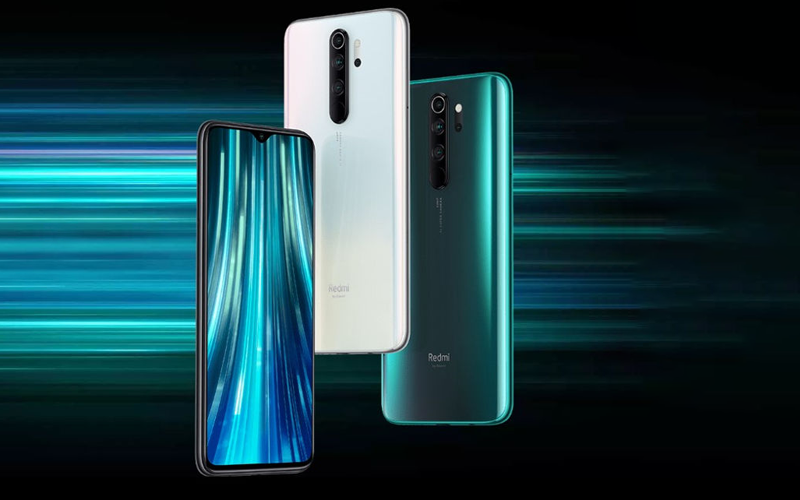
There’s been a great deal of clean applied in numerous spots to cause it look and to feel increasingly new now, with a more intelligent utilization of blank areas, and a redid shading set. It’s one of the skins that has been mitigated a great deal lately however remains very overwhelming, and it modifies basically all parts of the client experience contrasted with ‘stock’ Android as Google imagines it.
That is not really something to be thankful for or a terrible thing, it’s simply… unique. At this value point you may have a couple of different alternatives running Android One, which is evidently an assurance that you’ll get OS refreshes quicker, however the past has demonstrated that is not so much guaranteed. Also, execution savvy, MIUI is great among the different OEM skins out there. It’s liquid and the movements are flawless and to the point, albeit still really long for our taste. That fortunately is anything but difficult to fix by exchanging over the three liveliness term settings from 1x to .5x in Developer Settings, in case you’re put off by the default length as we were.
MIUI 11 has a dim topic as well, which is acceptable however we’re trusting it shows signs of improvement when Android 10 turns into the base since outsider applications don’t generally ‘notice’ that you have the dim topic on and accordingly don’t naturally switch theirs to coordinate. There’s presumably a banner for this in the OS that is just accessible in Android 10. You can plan the dull subject as well, however we didn’t wind up utilizing it in light of the fact that the Redmi has a LCD screen and along these lines it would’ve been futile for battery life upgrade purposes, also that a dim topic essentially looks more awful on LCDs since OLEDs can really show ‘unadulterated’ blacks. All things considered, it’s there on the off chance that you need it, and it functions admirably generally – with the irritating special case of the Battery sub-menu in Settings which for reasons unknown isn’t themed.
Our survey unit is as yet running MIUI 11.0.3.0 dependent on Android 9 Pie, albeit an update to Android 10 ought to show up… sooner or later. Since this is a mid-officer, we may excuse to what extent it took to get the show on the road with that, yet what’s less pardonable is the security update circumstance. As should be obvious, our Note 8 Pro is stuck on the November 2019 security fix level, and that is simply unsuitable. This handset may be modest, however many individuals are getting it, and month to month security updates ought to be only that – month to month.
Regardless of whether this telephone will ever get Android 11 is an alternate thing totally. In view of Xiaomi’s history, it’s basically ensured to get MIUI 12, however Android adaptation bounces have generally happened less regularly for the organization’s less expensive handsets, so consider.
Should I Buy It?
The Redmi Note 8 Pro is a demonstration of how far mid-go cell phones have come in the previous few years. It wasn’t exceptionally some time in the past that on the off chance that you purchased such a gadget, you’d need to essentially settle on each part of the client experience, attributable to the cost and the slices that were made to accomplish it.
While this telephone is certainly not without bargains, we saw them as significantly short of what we were expecting, and that is invigorating to see thinking about how much a Redmi Note 8 Pro expenses. You can practically purchase 2 to 3 of these at the cost of a ‘leader executioner’, and 4 to 6 of them for that of a premium (or might we venture to state “Ultra”) leader. And keeping in mind that it doesn’t do anything precisely comparable to any of those, in a great deal of zones, it’s not a long way behind.
While everybody was crying about how leads (and even ‘leader executioners’) have gotten increasingly more costly in the course of recent years, the mid-officers have gotten extremely, great. Their materials may not generally track those of progressively costly telephones 100%, yet they are drawing nearer, and the manufacturing quality is basically on par.
The MIUI 11 programming experience is the same on the Redmi Note 8 Pro than on a leader Xiaomi gadget, while battery life is exceptional – to the point of tying the Huawei P30 Pro for the best we’ve at any point found in a drawn out survey. While execution and particularly perfection may not be leader grade constantly, it’s incredibly very close more often than not. There are some irregular falters and slacks, however nothing you can’t survive without.
Actually, the most irritating thing about execution and perfection is that since it’s essentially comparable to increasingly costly telephones for 70-80% of the time, you get especially used to that, so when a stammer shows up it’s substantially more alarming. Great issues to have, these. Additionally, on the purpose of perfection, a higher invigorate rate show would have assisted with that discernment. Oh dear, the Redmi Note 8 Pro is most likely the remnant of a dying breed – the last upper mid-officer from the Chinese organization that stayed with 60Hz.
That is energizing for the future, one in which ideally 90Hz will be the new absolute minimum and 120Hz the norm, yet we can’t generally thump the Redmi Note 8 Pro here for missing this. It came out just a couple of months back, yet around then it was essentially incomprehensible for a gadget this modest to up the revive rate past 60Hz. Things have changed meanwhile, however on the off chance that it stays marked down after its replacement hits, at that point it’s probably going to turn out to be considerably less expensive, and therefore will be a far better purchase.
The Redmi Note 8 Pro is one of those telephones that will presumably be adequate for the vast majority more often than not. There’s nothing that it can show improvement over a lead, yet would you say you were truly anticipating that, thinking about its cost? Of course, in case you’re originating from a more established mid-officer or a lower-end telephone, you’ll be dazzled with what it can offer you as far as camera, battery life, execution, and even look and feel. Execution (more often than not), battery life, just as the structure and construct would even intrigue you on the off chance that you’ve utilized a better quality model before.
The screen has sufficient goals, and keeping in mind that the board itself isn’t noteworthy and great, it doesn’t have any enormous glaring issues, so it will carry out the responsibility. It’s large as well, so watching stuff on it is a decent encounter. The speaker is acceptable if not a big deal, and there’s a 3.5mm earphone jack as well. The unique finger impression sensor is astonishing, regardless of whether it’s a piece excessively near the cameras, however in any event its area is ideal for your pointer to reach. The cameras are a territory where the Note 8 Pro misses the mark, however just contrasted with increasingly costly gadgets.



